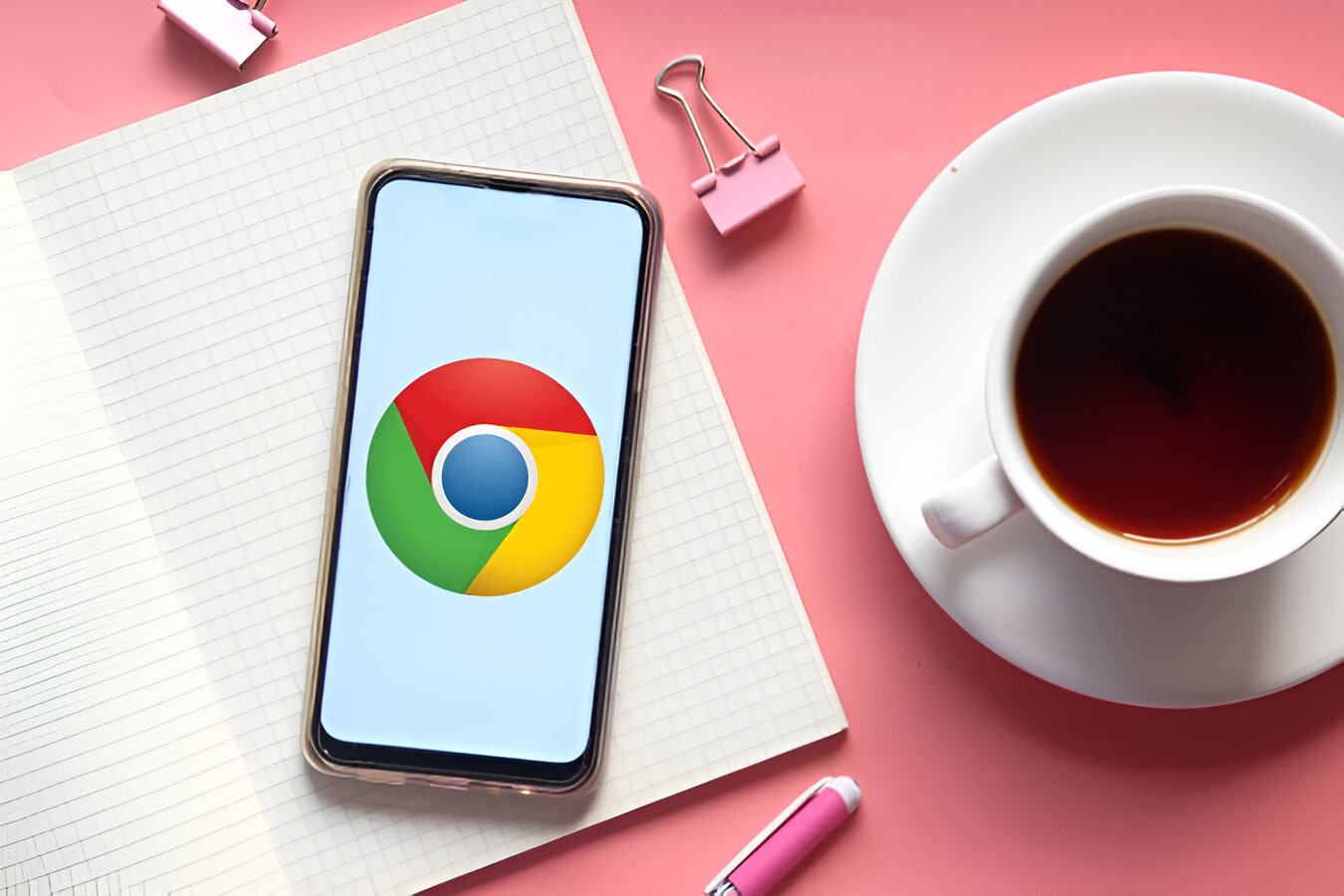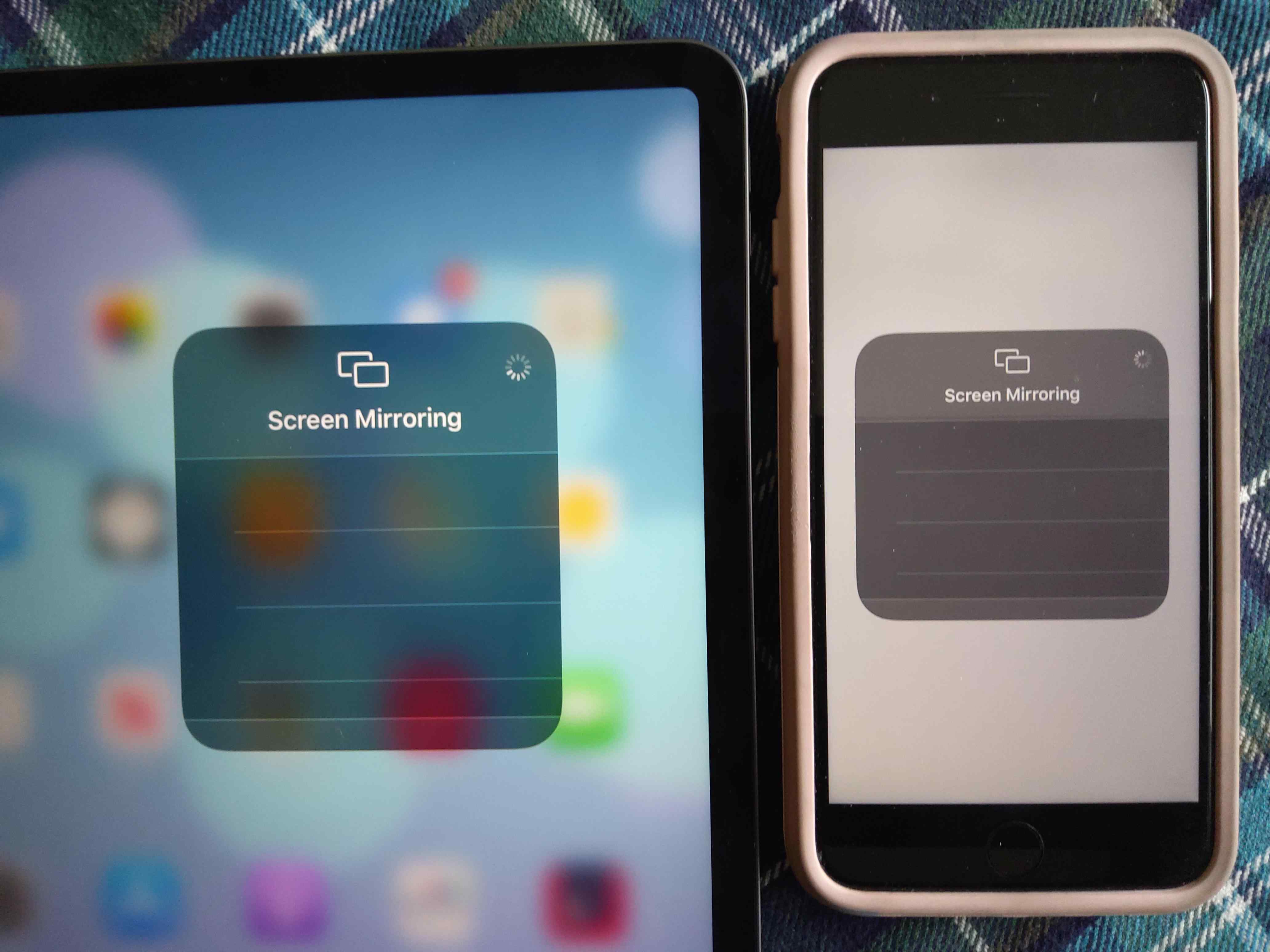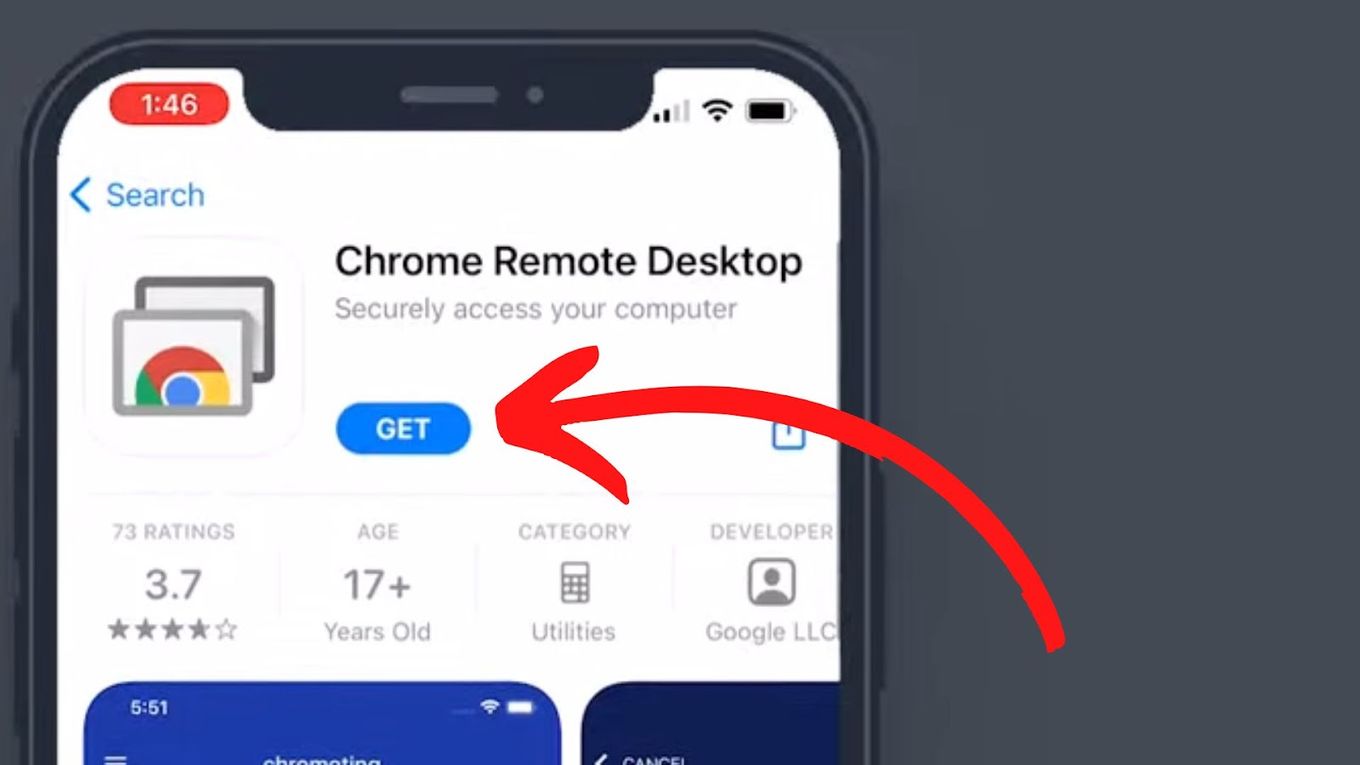Outdated Chrome Version
Is your Chrome browser acting up on your phone? One common culprit for this issue is an outdated Chrome version. Keeping your Chrome browser updated is crucial for optimal performance and security. When your Chrome version falls behind, it can lead to various glitches and malfunctions that hinder your browsing experience.
An outdated Chrome version may result in compatibility issues with the latest web technologies and standards. As websites and web applications evolve, they often rely on the latest features and functionalities offered by up-to-date browsers. When your Chrome version is not current, you may encounter rendering errors, slow loading times, or even complete failure to display certain web content.
Moreover, security vulnerabilities are frequently patched in newer Chrome versions. By neglecting to update your browser, you expose yourself to potential security risks, including malware attacks, phishing attempts, and data breaches. Outdated browsers are more susceptible to exploitation by cyber threats, making it essential to stay current with the latest Chrome updates.
To address the issue of an outdated Chrome version, it's imperative to regularly check for updates in the Google Play Store or Apple App Store, depending on your device's operating system. By enabling automatic updates for Chrome, you can ensure that you always have the latest version without the need for manual intervention.
In addition to updating Chrome itself, it's also crucial to keep your device's operating system up to date. Chrome's performance and compatibility can be influenced by the underlying operating system, so maintaining the latest OS version is equally important for a seamless browsing experience.
By staying vigilant about updating Chrome and your device's operating system, you can mitigate the risks associated with an outdated browser version and enjoy a smoother, more secure browsing experience on your phone.
Insufficient Storage Space
Is your Chrome browser misbehaving on your mobile device? One often overlooked yet significant factor that can contribute to Chrome-related issues is insufficient storage space on your phone. In today's digital age, where apps, media, and files constantly vie for space on our devices, it's not uncommon for storage constraints to impact the performance of essential applications like Chrome.
When your device's storage capacity nears its limit, it can impede the proper functioning of apps, including web browsers. Insufficient storage space can manifest in various ways, such as slow loading times, unresponsiveness, or even crashes when attempting to launch or use Chrome. Additionally, the lack of storage can hinder the browser's ability to cache data and store temporary files, which are essential for efficient browsing.
Furthermore, the limited storage may prevent Chrome from updating to the latest version, as the installation of updates typically requires a certain amount of free space. This can leave your browser vulnerable to security risks and compatibility issues, exacerbating the challenges you may already be experiencing.
To address the issue of insufficient storage space, it's essential to conduct a thorough review of your device's storage utilization. Begin by identifying and removing unnecessary apps, media files, and documents that are consuming valuable space. Additionally, consider transferring photos, videos, and other large files to cloud storage or an external device to free up room on your phone.
Another effective strategy is to clear the cache and unnecessary data within the Chrome app itself. By doing so, you can reclaim valuable storage space while potentially resolving performance issues caused by bloated cache files.
Moreover, optimizing your device's storage management settings can help prevent future storage-related problems. Many smartphones offer features that automatically offload unused apps, clear temporary files, and optimize storage usage, thereby alleviating the burden on your device's storage capacity.
By addressing the issue of insufficient storage space, you can not only enhance the performance of your Chrome browser but also improve the overall functionality of your mobile device. Prioritizing storage management ensures that essential apps like Chrome can operate seamlessly, providing you with a more enjoyable and productive browsing experience on your phone.
Corrupted Cache and Data
Corrupted cache and data can significantly impact the performance of the Chrome browser on your mobile device. When you browse the web, Chrome stores temporary files and data in its cache to facilitate quicker access to frequently visited websites and improve overall browsing speed. However, if this cache becomes corrupted, it can lead to a range of issues, including slow page loading, unresponsive behavior, and unexpected crashes.
Similarly, the accumulation of corrupted data within the Chrome app can disrupt its normal operation. This may result in erratic behavior, such as freezing, unexplained errors, or the inability to load certain web pages. When left unaddressed, these issues can diminish the user experience and hinder your ability to leverage the full functionality of the browser.
To mitigate the impact of corrupted cache and data, it's essential to clear these elements from the Chrome app. This process effectively resets the browser's temporary storage, allowing it to rebuild the cache and data from scratch. By doing so, you can eliminate any corrupted or outdated information that may be impeding the browser's performance.
Clearing the cache and data in Chrome can typically be accomplished through the app settings on your mobile device. Within the Chrome settings, you can locate the option to clear browsing data, which includes the cache, cookies, and site data. By selecting this option and confirming the deletion of the relevant data, you initiate the process of purging corrupted cache and data from the browser.
It's important to note that clearing the cache and data will log you out of websites and remove any saved settings within the Chrome app. However, this is a necessary step to resolve issues stemming from corrupted cache and data. Once the cache and data have been cleared, you can log back into your preferred websites and reconfigure any personalized settings within Chrome.
Additionally, if you continue to encounter persistent issues with Chrome after clearing the cache and data, you may consider uninstalling and reinstalling the app. This process effectively removes all remnants of the app, including corrupted files, and provides a fresh installation of Chrome on your device.
By addressing the issue of corrupted cache and data, you can restore Chrome to a more stable and reliable state, ensuring a smoother and more enjoyable browsing experience on your mobile device.
Conflicting Apps or Software
Conflicting apps or software can wreak havoc on the performance of your Chrome browser on your mobile device. When multiple apps or software components on your phone exhibit conflicting behaviors or interfere with one another's operation, it can lead to a range of issues within Chrome, impacting its stability, responsiveness, and overall functionality.
One common manifestation of conflicting apps or software is the occurrence of frequent crashes or freezes within the Chrome browser. This can occur when certain apps running in the background disrupt Chrome's processes or utilize resources that are essential for its smooth operation. Additionally, conflicting software may lead to compatibility issues, causing certain features or functionalities within Chrome to malfunction or behave unpredictably.
Identifying conflicting apps or software requires a systematic approach to troubleshooting. Begin by reviewing the recent installations or updates of apps on your device. If you noticed a decline in Chrome's performance following the installation of a specific app or software update, it may be a potential source of conflict. Pay close attention to apps that heavily utilize system resources, such as those with intensive background processes or aggressive battery optimization settings.
Furthermore, consider the interactions between different apps and software components. Certain apps may rely on conflicting system permissions or settings, leading to clashes with Chrome's operation. Additionally, software updates, particularly those related to the device's operating system, can introduce changes that inadvertently impact Chrome's behavior.
To address the issue of conflicting apps or software, consider the following steps:
-
Review Installed Apps: Assess the apps installed on your device and their recent activity. Look for any patterns or correlations between the usage of specific apps and Chrome's performance issues.
-
Update Apps and Software: Ensure that all installed apps and the device's operating system are up to date. Developers often release updates to address compatibility issues and improve overall stability.
-
Isolate Problematic Apps: Temporarily disable or uninstall apps that may be causing conflicts with Chrome. Observe whether Chrome's performance improves in the absence of these apps.
-
Reset App Preferences: Some devices offer the option to reset app preferences, which can resolve conflicts related to app permissions and settings.
-
Factory Reset (as a Last Resort): If all else fails and conflicting apps continue to impact Chrome, consider performing a factory reset on your device. This drastic measure effectively restores the device to its original state, eliminating any lingering conflicts.
By systematically addressing conflicting apps or software, you can restore Chrome to a more stable state, ensuring that it operates seamlessly on your mobile device. Identifying and resolving conflicts is essential for maintaining an optimal browsing experience and maximizing the utility of the Chrome browser.
Network Connection Issues
Network connection issues can significantly impede the functionality of the Chrome browser on your mobile device. The seamless operation of Chrome relies heavily on a stable and reliable network connection, allowing for swift access to web content, secure data transmission, and uninterrupted browsing sessions. When network issues arise, they can manifest in various ways, disrupting the browsing experience and hindering your ability to leverage the full capabilities of the browser.
One common indication of network connection issues within Chrome is slow page loading times or the inability to load web content altogether. This can be particularly frustrating when attempting to access websites or web applications, as the sluggish or non-existent connectivity impedes your ability to engage with online resources effectively. Additionally, network-related problems may lead to intermittent disconnections or the inability to establish a secure connection to certain websites, compromising the overall security and privacy of your browsing activities.
To address network connection issues affecting Chrome, it's essential to systematically troubleshoot and identify the root causes of the connectivity challenges. Begin by assessing the strength and stability of your device's Wi-Fi or cellular connection. Weak or fluctuating signals can contribute to intermittent connectivity issues, leading to disruptions in Chrome's operation. If using Wi-Fi, consider moving closer to the router or accessing the internet from a different location to gauge the impact of signal strength on Chrome's performance.
Furthermore, consider the presence of network congestion or bandwidth limitations that may affect your browsing experience. In environments with multiple connected devices or high network traffic, the available bandwidth for your device may be constrained, resulting in slower page loading times and reduced responsiveness within Chrome. Understanding the dynamics of your network environment can provide valuable insights into the potential causes of connectivity issues.
In addition to local network considerations, it's crucial to assess the broader internet connectivity and potential service disruptions. Periodic outages or service interruptions from your internet service provider (ISP) can impact Chrome's ability to access web content and maintain stable connections. Monitoring for any reported outages or service advisories from your ISP can help contextualize the network issues you may be experiencing.
Moreover, consider the utilization of virtual private network (VPN) services or proxy configurations within Chrome. While these tools offer enhanced privacy and security, they can also introduce complexities related to network connectivity. Assess whether the use of VPNs or proxies contributes to the network connection issues within Chrome and consider adjusting or temporarily disabling these configurations to isolate their impact.
By systematically addressing network connection issues, you can restore Chrome to a more stable and reliable state, ensuring a smoother and more enjoyable browsing experience on your mobile device. Identifying and resolving connectivity challenges is essential for maintaining an optimal browsing experience and maximizing the utility of the Chrome browser.

























